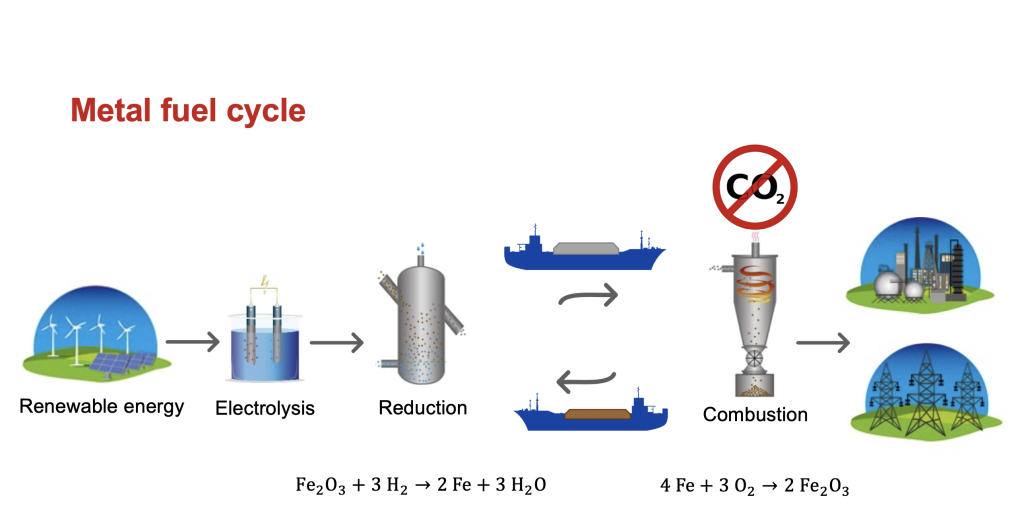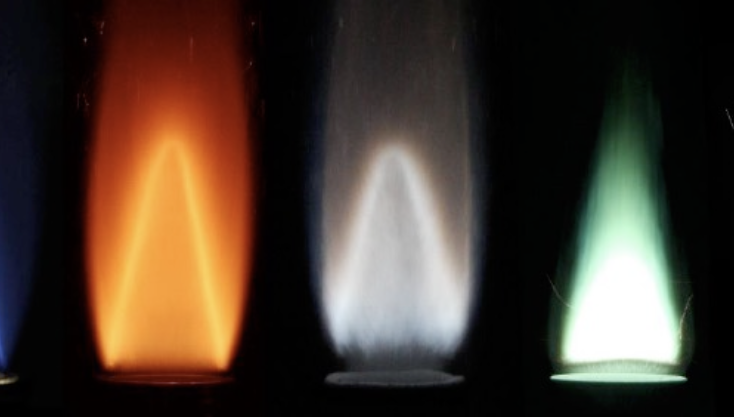The Netherlands – In Delfzijl where the now-defunct companies PMC and Aldel were once situated, Iron+ has big ambitions. The joint venture envisions significant potential for developing a new supply chain centered around iron powder as a medium for storing large amounts of sustainable energy. This innovative concept, poised to capture global attention, promises an interesting alternative for sustainable energy storage.
Nearly a decade ago, Professor Philip de Goey from the Eindhoven University of Technology initiated research into metal powders as energy carriers. Iron powder, in particular, proved to be exceptionally suited for combustion and energy storage. With hydrogen the resulting rust powder can be recycled back into iron powder. In 2016, De Goey established Metalot, an innovation center where substantial advancements in this technology have been made. Successful experiments at the Swinkels Brewery in Lieshout in 2020 and 2023 highlighted the potential of iron powder in industrial applications.

Deep water
Iron+, a joint venture formed in 2022 with partners including EM Group and Pometon, and later joined by Nowit, focuses on establishing supply chains around iron powder. The defunct PMC factory in Delfzijl, which specialized in processing asbestos-contaminated steel, now presents an unique opportunity for iron powder production. This iron powder, capable of storing significantly more energy than hydrogen or ammonia, can be safely and efficiently transported, especially by water. This makes the Aldel site ideal, given its proximity to deep water.
Energy transition
For hydrogen production, Iron+ is turning to sludge and green gas, with plans for two new factories on the former Aldel site. Xirqulate and Re-Forme will be involved in producing ceramic materials, green steam, and hydrogen from green gas. These developments could form a complete chain in Delfzijl, from the production of circular iron powder to its final conversion into energy, possibly even in existing power plants. This ambitious project has the potential to make a significant contribution to Europe’s sustainable energy transition.


